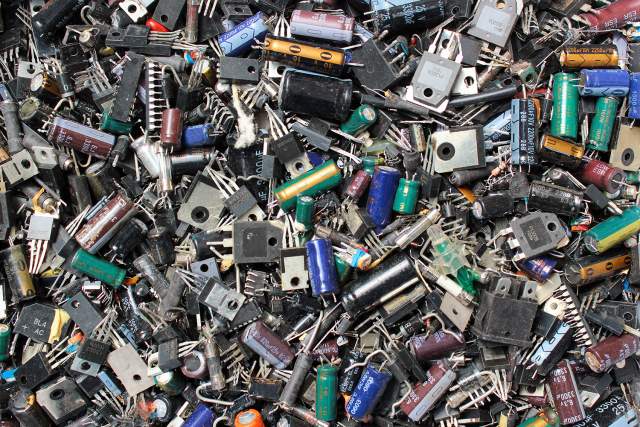Did you ever wonder what happens to your old smartphone when you trade it in for a new one?

At Tuck, Laurens Debo, professor of operations management, teaches the Management of Service Operations elective in the MBA program.
Most likely, it’s sold by your cell phone carrier to a phone remanufacturer who refurbishes it and sells it to a price-sensitive consumer who doesn’t want to buy a new one. The market for used phones is large and growing fast. Globally, the secondhand phone market is worth $64.5 billion; in 2022, $73.5 million used and refurbished phones were sold in just the U.S.
A healthy used electronics market has few downsides. It’s better for the environment, because it prevents e-waste from piling up; it’s good for consumers looking for more affordable products; and it’s good for remanufacturers, who extract value out of old technology and create jobs and profits.
Still, for remanufacturers, making a profit is not so simple. One of the biggest conundrums for these firms is determining the right amount and quality of the used items (known as “cores”) to procure.
Tuck operations professor Laurens Debo started researching remanufacturing systems 20 years ago, when few academics were working on these types of problems. His doctoral dissertation was about the retreading of tires. He recently returned to these roots in a paper forthcoming in Operations Research titled “Optimal Procurement in Remanufacturing Systems with Uncertain Used-Item Condition.”
Debo discusses the paper and its implications in the following edited and condensed conversation.
There are many ways to recover value from used products. Where does remanufacturing fit into this picture?
When it comes to used products, one way to extract value is to reuse them, like with used cars, secondhand clothes, or glass bottles. Reusing these things doesn’t require significant operations. Then there’s recycling, which is also fairly easy from an operations perspective, because firms are only looking for the raw materials in the products, like the gold on a circuit board. But the value recovered in recycling is low. Remanufacturing, which involves steps like acquisition, inspection, cleaning, repair, and stocking, is a high-value process but also requires substantial operations.
What problem does your paper aim to solve?
The issue is that when you start a remanufacturing operation, the state at which your supply enters your operation is very variable. The quality of the used items is very variable. Basically, you don’t have control; you just have to take whatever comes in. The acquisition and storage are substantial parts that complicate the operation. What we are looking at is how to manage inventories—deciding how much to buy at each quality level.
Why is this problem so difficult?
What is really challenging here is that at different quality levels the problem is highly dimensional. A used phone warehouse, for example, might have 70 high-quality phones, 29 low-quality phones, and 10 medium-quality phones. But there could be any combination of quantities and qualities. So it’s difficult to find a procurement policy that’s intuitive and that works best.
What are your main findings?
We found that the optimal inventory policy is based on the “congestion level,” which takes into account the available cores (returned items) and their quality level. The more cores are available, the higher the congestion level. And we also found that the more high-quality cores you have, the higher the congestion level will be. The higher the congestion level, the lower will be your incentive to acquire more. This is because of the opportunity cost of capital—with more, or with higher quality cores, you have to shell out money to buy and store these items, but you don’t get it back immediately. That reduces the incentives to acquire more cores.
What are the practical implications?
The bottom line is that remanufacturing firms need to take into account the quality and quantity of the returned items they have in stock when deciding to acquire more supply.

